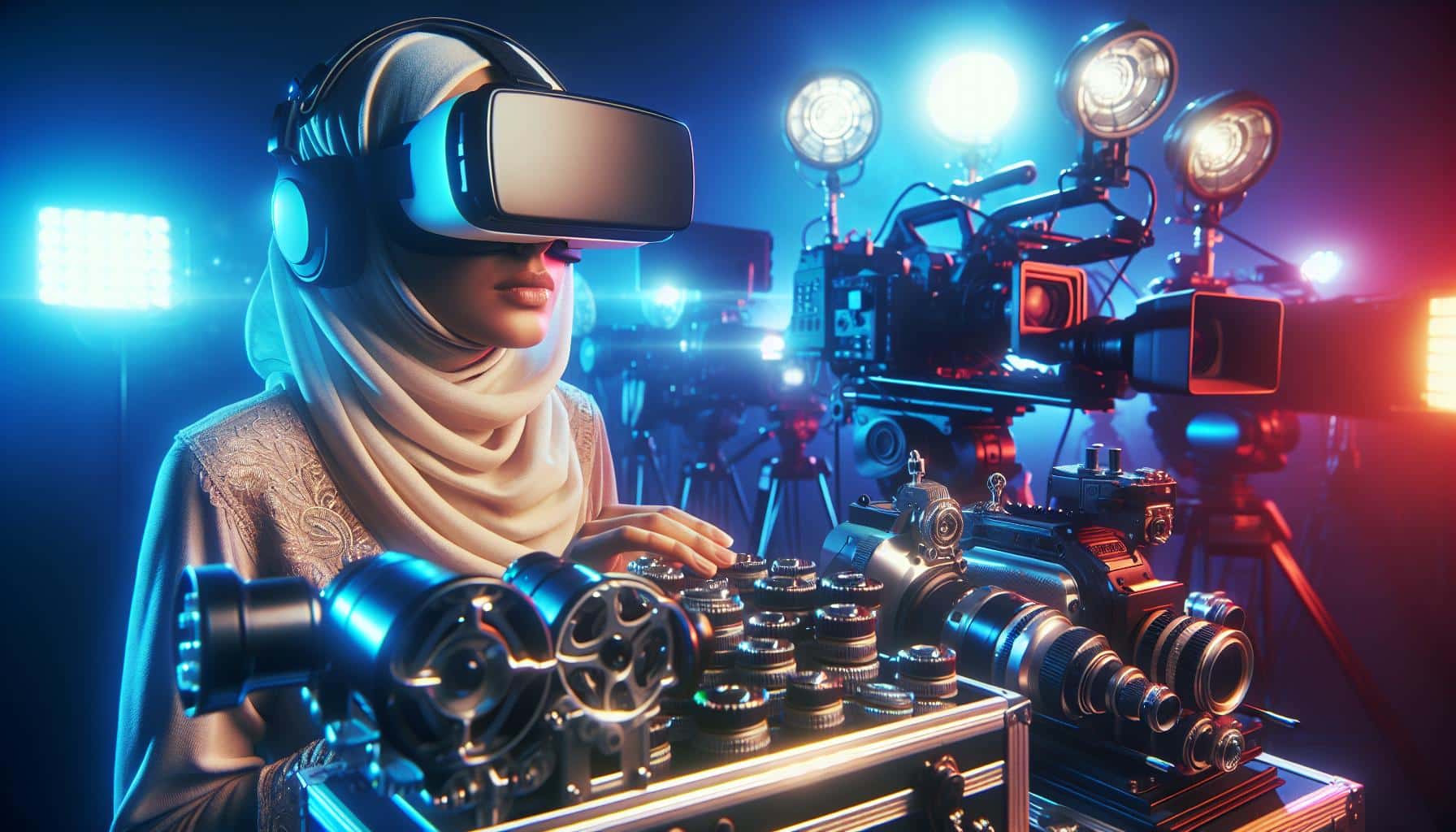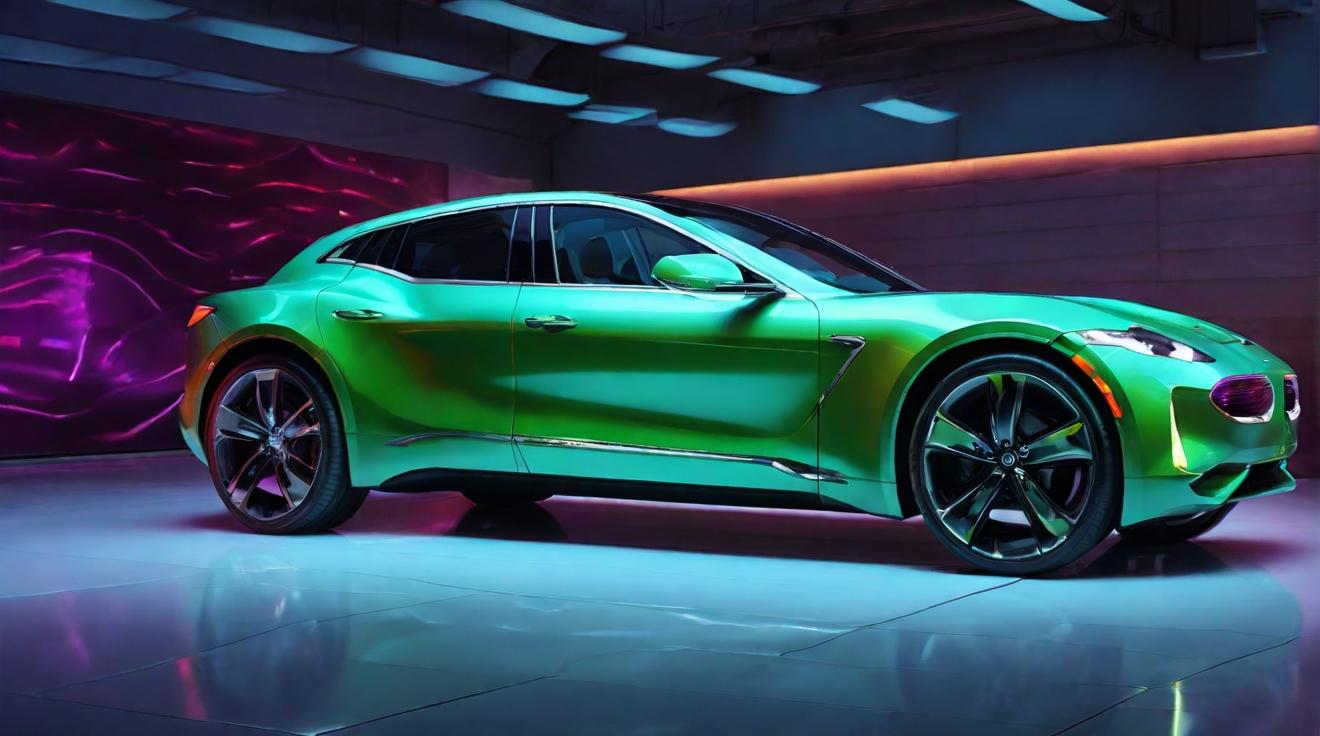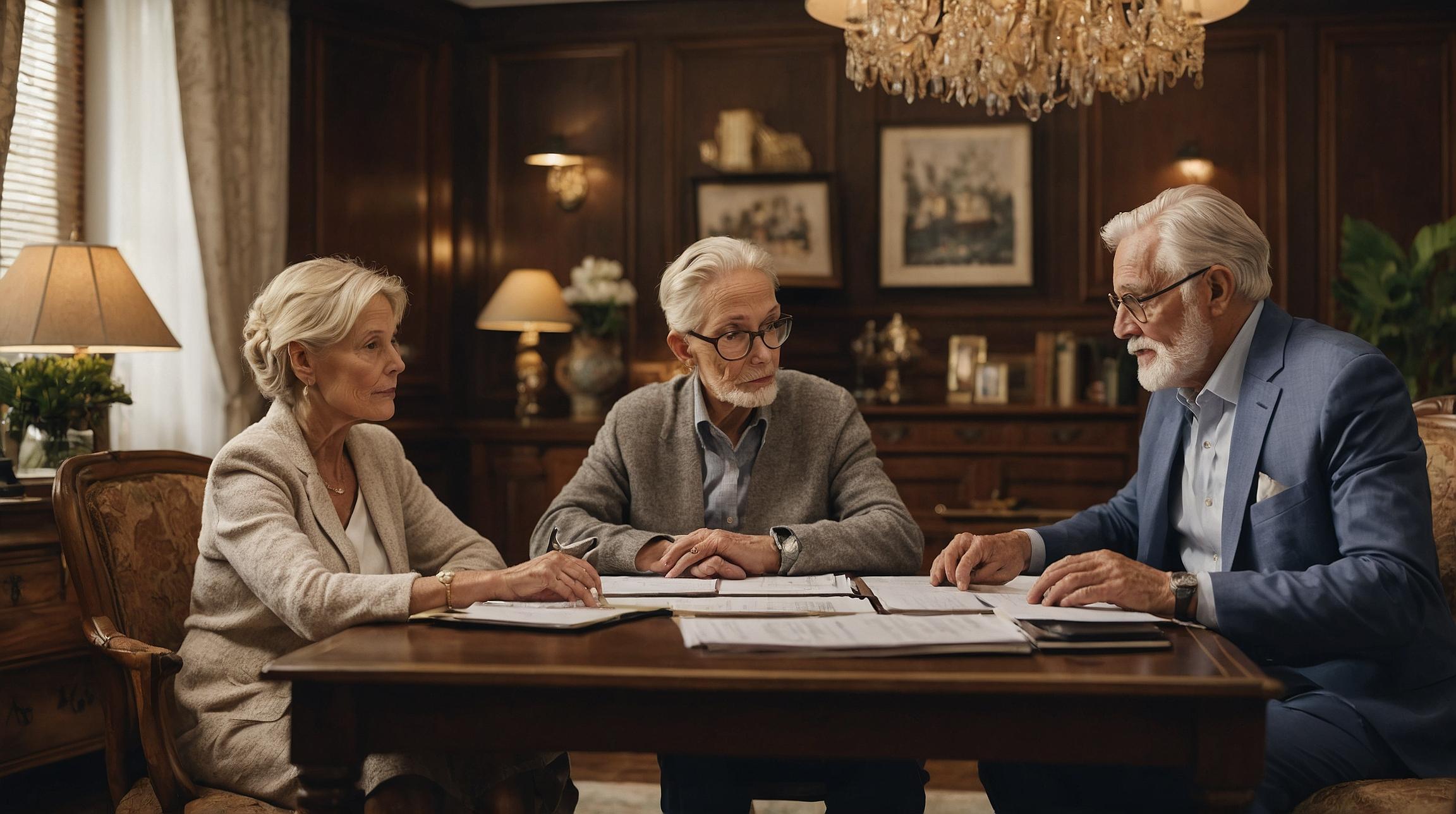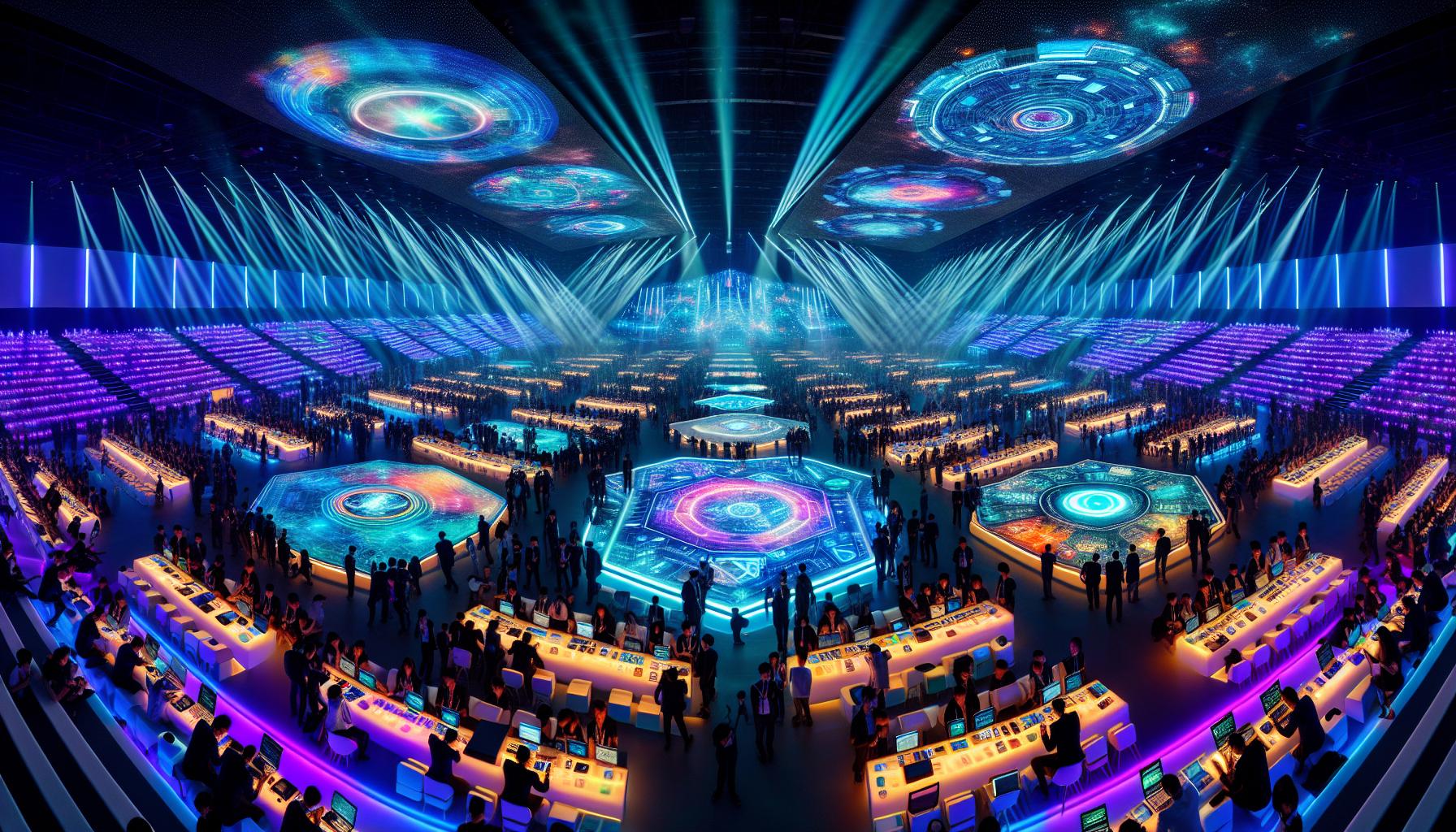The First Movie Shot Entirely in Virtual Reality: A Milestone for Cinematic Technology
Virtual reality technology has made its way to the silver screen in the first-ever feature film to be shot entirely in a virtual reality environment. This groundbreaking achievement pushes the boundaries of cinematic technology, showcasing the potential of VR in the world of cinema.
Disney’s Remarkable Achievement: The Lion King Remake
Disney, known for its constant drive to reinvent its animated classics, has once again captivated audiences with the virtual reality remake of a beloved family favorite: The Lion King. Director Jon Favreau, already renowned for his successful adaptation of The Jungle Book, has pushed the boundaries of technology further with this visually stunning production.
The original Lion King holds the record as the highest-grossing 2D animation of all time, making the pressure to create a worthy remake immense. Favreau’s adaptation, albeit a step down in terms of storytelling, stands as a testament to the significant advancements in cinematic technology.
A New Era of Virtual Cinematography: Bridging Animation and Reality
The Lion King remake required the utilization of cutting-edge virtual reality tools to bring its incredible visuals to life. The production team developed a unique form of virtual cinematography that seamlessly integrated motion capture and VR/AR technologies to collaborate with the director, cinematographer, production designer, and visual effects supervisor.
Visual effects supervisor Robert Lego explained the extensive use of virtual reality tools in the film’s creation, enabling the team to navigate the set like a cameraman. This innovative approach allowed for a more immersive experience, breaking down the barriers between the physical and digital realms.
The Fusion of Video Games and Filmmaking: Unity Engine’s Role
In a groundbreaking move, director Jon Favreau built a toolset using the Unity game engine that functioned as a multiplayer VR filmmaking game. This toolset enabled the creation of virtual environments and facilitated the setup of cameras and shots within the VR space.
Favreau wore a VR headset on a massive soundstage, immersing himself in the digital environments created for the film. From there, he could select shots, adjust lighting, and guide his camera crew on the desired movements. The parallels to video game experiences are evident, as Favreau essentially directed the movie from within its own VR world.
The Lion King: A Glimpse into the Future of Cinematic Technology
While the new Lion King adaptation may fall short as a movie, it undeniably highlights the incredible progress made in the realm of cinematic technology. The film’s stunningly realistic visuals, achieved through virtual reality and motion capture techniques, immerse viewers in a world that blurs the lines between animation and reality.
The technological advancements showcased in The Lion King remake offer a glimpse into the future of cinema. As virtual reality continues to evolve, it will undoubtedly play a more prominent role in filmmaking, further pushing the boundaries of what is possible on the silver screen.
Note: This article was written from an analytical and journalistic perspective, highlighting the groundbreaking accomplishments of The Lion King remake as the first movie shot entirely in a virtual reality environment. The article organizes the information into headings to enhance readability and provide a clear structure for the readers.
Analyst comment
Positive news. As a result of the first movie shot entirely in virtual reality, the market for virtual reality technology and cinematic VR experiences is expected to grow. Virtual reality is likely to play a more significant role in filmmaking, pushing the boundaries of cinematic technology and offering immersive experiences for audiences.













